Seed Starting Tips
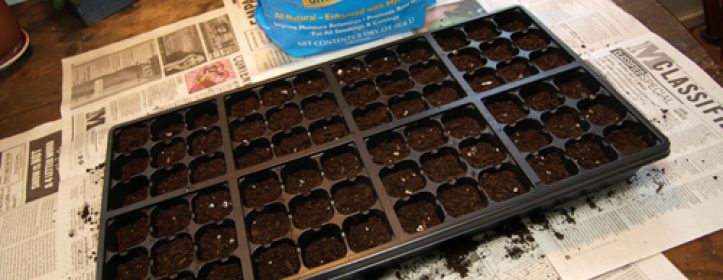
It would be impossible to cover all aspects of indoor seed starting but I would like to mention some of the key concerns.
USE STERILE SOIL
Soil from outdoors or bagged topsoil is not appropriate for seed starting. These soils may carry plant diseases and are usually too heavy to use for seed starting. The best choice is a light, sterile, seed starting blend made from finely milled sphagnum with vermiculite added. We sell many types of seed starting soil specifically for this purpose. Some gardeners will add a ¼ inch layer of finely milled sphagnum to the surface of the seed flat after sowing as added insurance against damping off. This is not the same sphagnum you would buy in a bale for use in outdoor plantings. It is a very fine, STERILE sphagnum produced just for seed starting.
TEMPERATURE
Most seeds need temperatures between 65° and 80°F all day and night to germinate. The actual temperature varies for each seed type, so check the seed pack or catalog to be sure. After the seeds sprout, the temperature requirement is generally about 10° lower than the germinating temperature.
LIGHT
Many beginners underestimate the light requirement of seedlings. Seeds often will germinate with little or no light only to flop over due to lack of light. Fluorescent lights should be lowered to about 2in above the seed flat then raised to 6in when the seedlings are 1/2in tall. As the seedlings grow, keep the lights about 6in above the top of the plants. The lights should be on from 12 to 16 hours each day. Timers area available to turn the lights on and off. Using timers insures that the plants receive the same light at the same interval each day.
AVOID OVER-WATERING
Seeds need moisture to sprout; but young seedlings are susceptible to damping off it kept too moist. Remember, seedlings can tolerate being a bit on the dry side buy will fail quickly if drowned. You should always check the soil before watering. Some prefer to mist heavily to watering their seed flats. If you use this method, make sure that you mist early in the day so the seedlings have a chance to dry before dark. This will lessen the chances of damping off. I prefer to bottom water by pouring water into the flat containing the potted seedlings. After a few minutes the soil is moist but the surface of the soil is dry. If you use this method, be sure to remove any excess moisture from the bottom of the flat. I use a cotton cloth to draw the water up and out of the flat without tipping it. Whatever method you use, it is vital that the seedlings NEVER be left standing in water for more than a few minutes.
HARDENING OFF
Many gardeners do a great job growing the seedlings indoors only to have them fail when they are moved into the garden. This can often be traced to lack of hardening off. Seedlings grown indoors, under lights, need a period in which to become accustomed to real sunlight, wind, and other conditions not found inside. Find a shady, sheltered spot and give the seedlings a few days there. Be aware that they may need more water in this location. If there are cold nights, move them in until morning. Finish hardening off by putting the seedlings into full sun for a few days before planting in there permanent location.
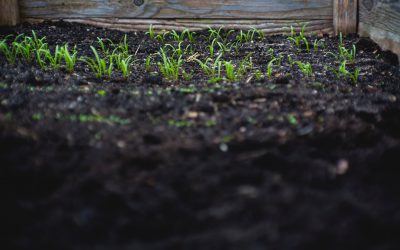
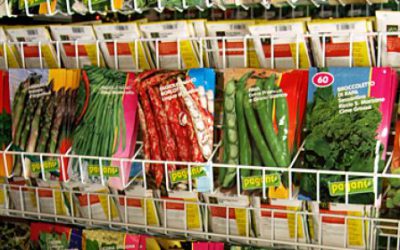
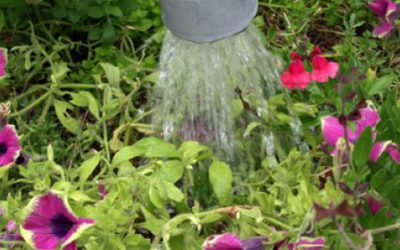
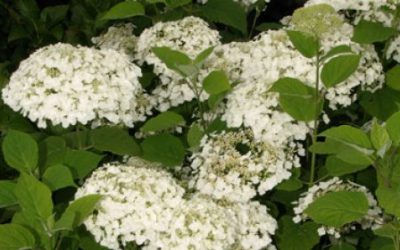
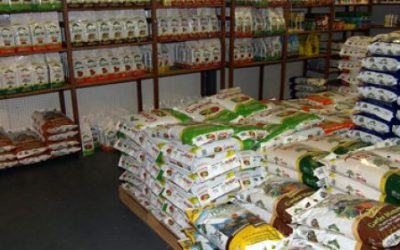
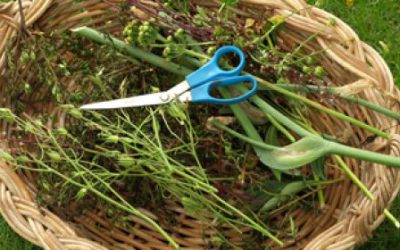
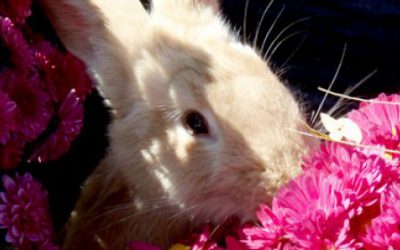
Recent Comments